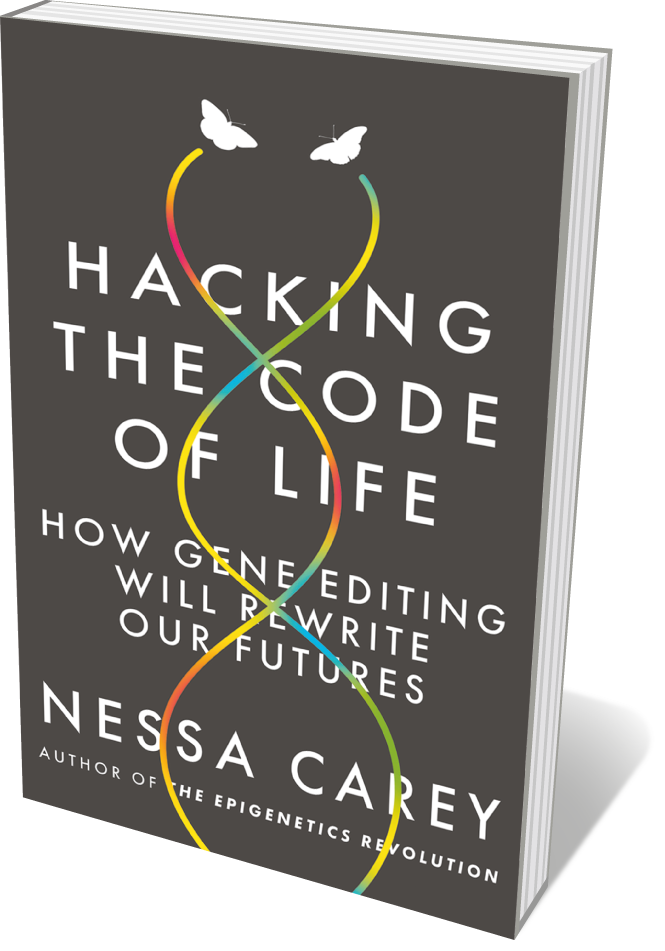
Nessa Carey Icon (2019)
Phenomenal promise, implicit peril: CRISPR has come loaded with both from the start. Here, biotech veteran Nessa Carey explicates the gene-editing technique and its dizzying implications. She traces its evolution from 1970s pioneers of artificial gene transfer Stanley Cohen and Herbert Boyer, through the work of Francisco Mojica in the 1990s, to CRISPR dynamos Jennifer Doudna, Emmanuelle Charpentier and Feng Zhang. Carey’s trawl of potential applications — such as high-yield rice varieties, therapies for sickle-cell disease and germline gene editing — is edifying. A focused snapshot of a brave new world.
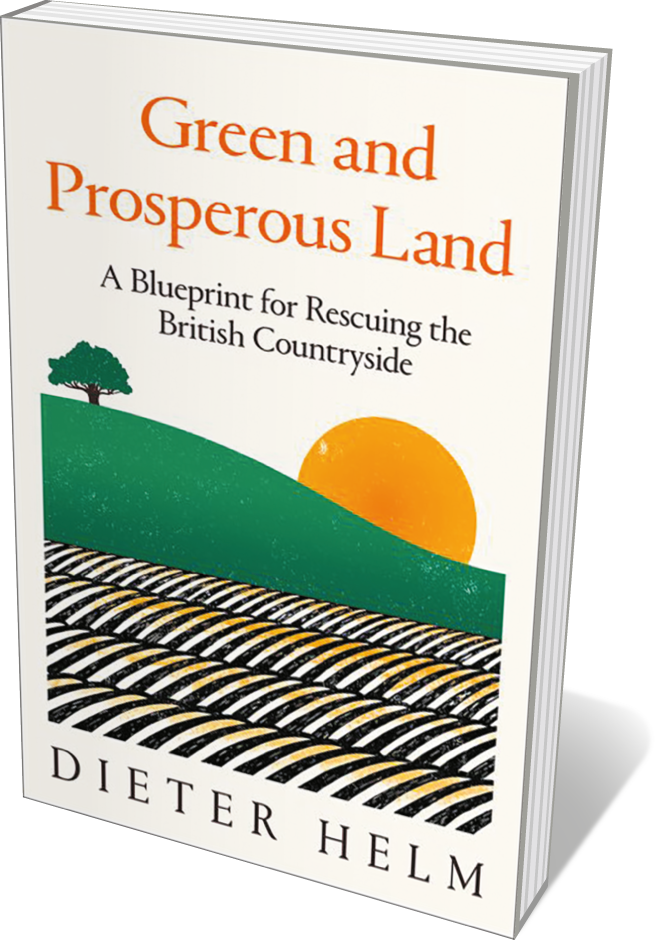
Dieter Helm William Collins (2019)
Pollution, degradation, loss: Britain’s environment is in trouble after decades of bureaucratic wrangling and mismanagement. So argues economist Dieter Helm — chair of independent government advisory body the Natural Capital Committee — in this trenchant manifesto for change. Asking readers to imagine in granular detail the transformation of uplands and seashores, Helm lays out the means, from halting “perverse” farming subsidies and making polluters pay, to expanding wildlife corridors, marine protection and natural flood management. Visionary, pragmatic and context-rich.
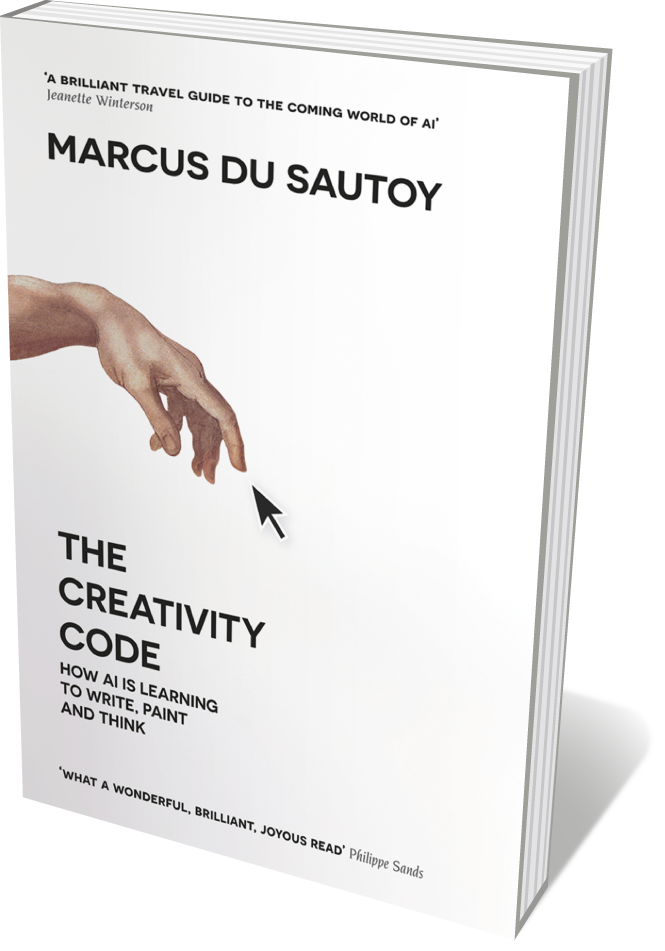
Marcus du Sautoy Fourth Estate (2019)
In this absorbing study, mathematician Marcus du Sautoy approaches the much-mulled question of whether artificial intelligence (AI) can supersede human creativity. He tours artworks such as the pixelated paintings of Gerhard Richter and an algorithmic portrait by French art collective Obvious; examines Google DeepMind’s efforts to crack mathematical theorems; listens to AI “jazz improviser” The Continuator; checks out storytelling algorithm Scheherazade-IF; and more. Whatever one makes of du Sautoy’s final verdict, the journey to it is eloquent and illuminating.
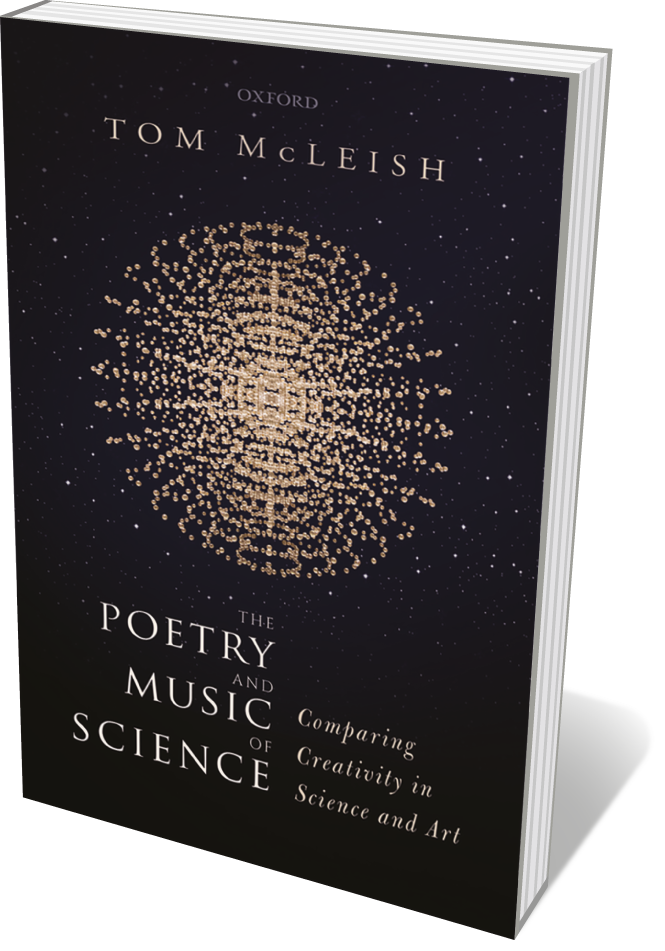
Tom McLeish Oxford University Press (2019)
Theoretical physicist Tom McLeish chases the echoes between scientific and artistic creativity in this intriguing scholarly treatise. Both, he argues, can be seen as imaginative exploration within constraints — whether the sonnet form or the known quantities of the Universe. He probes the wellspring of scientific innovation, looks at the visual imagination in painting and physics, and parses the nexus of maths and music. Unusually, he argues that early modern scientists and novelists both created experimental worlds — whether microcosms of the real, or fictional realms of the possible.
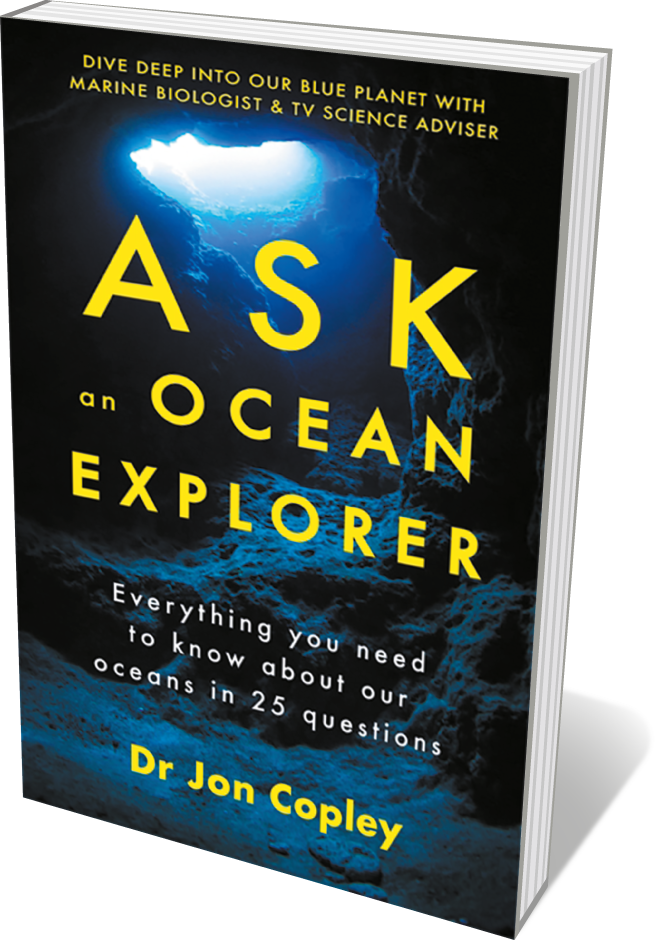
Jon Copley Hodder and Stoughton (2019)
Deep-ocean exploration demands frontier spirit. Marine researcher Jonathan Copley certainly has it: for more than 20 years, he has worked around Antarctica’s underwater mountains, hydrothermal vents in four oceans, and beyond. In this engaging primer, he outlines basics such as how oceans are mapped (with multibeam sonar systems and satellite data) and which sites are weirdest (a Gulf of Mexico brine pool is a front-runner). And throughout, he deftly conjures the wonders of a bathynaut’s world — barrel-sized sponges, krill pooh, benthic siphonophores and all.







